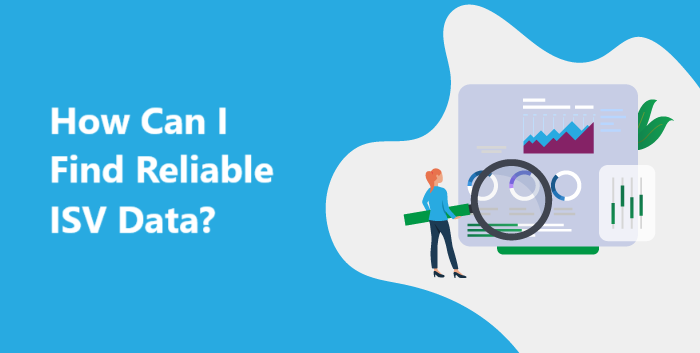Creating content can be a daunting task, and sometimes it not easy to get started. As discussed in my last blog post about content marketing, having good and relevant content is key for any business looking to generate leads, and nurture them over time in an effort to convert them into sales. My personal opinion is that infographics make for the best content. If they’re done well, they’re easy to read, and contain a lot of information condensed into a small space. They really give a snap-shot of the most important findings —- and who doesn’t like a bold statistic to jump out at you now and then? They also are a good platform for your designer to get creative, as it’s not always easy to find images that relay the ideas behind your findings.
So how do you get started if you want to create an infographic? We recommend conducting a survey. By using online and offline techniques (telemarketing, emailing and hosting the survey on an online platform), you can collect the information you need to transform the results into a powerful piece of content.
Here’s how you can get started:
Step 1: Define your target audience
Think about the audience you want to target. How are they relevant to your offer? What insights do you want to uncover about them? What types of topics are most important to them in the day-to-day? What are the hot topics in the industry that you can ride on in order to grab your audience’s attention from the start?
It’s important that you identify your target market segment and the type of information you want to gather from them as this will help shape the survey questions you will ask.
Step 2: Elaborate the survey questions and responses
Think about the questions you’d like to get the answers to, and how that could be visualized in an infographic. The most powerful infographics are the ones with “wow factor” headlines — in order to get that, you need to have a few questions that go to the heart of an important subject, or that are susceptible of identifying an unusual trend. You shouldn’t have any more than 10 to 12 questions maximum in total; any more than that will cause you to have a high drop-out rate (people that start the survey but don’t complete it).
Once you’ve drafted the questions, you need to create appropriate answer choices. In order to create a viable infographic, you should avoid open-answer questions because they are too highly individualized and can’t be collated easily. You want your answer choices to be logical — you shouldn’t include “other” as an option unless it’s absolutely necessary.
Step 3: Devise an incentive scheme
Think about the incentive you’ll provide for survey respondents. In order to encourage people to participate in your survey, you need to offer them some kind of reward for doing so. Whether that be to offer them with a copy of the final results or make a donation to charity in their name, they need to feel compelled to help you so that they’ll sacrifice 10 minutes of their time to answer your questions. We’ve worked with some companies that offer up a prize for participants (like an iPhone or some other high-end device); but you don’t need to have a big budget in order to devise an incentive scheme.
Step 4: Create a reporting sheet
Think about how you are going to capture the results. Make sure you have an appropriate way of recording the information that you gather on and offline so that you can create viable statistics based on the results. The best way to do that (if you don’t already have another system) is to create a dynamic Excel sheet. This way as you update it, the percentages will be updated automatically.
Step 5: Monitor progress throughout the process
Think about monitoring your progress so that you can make adjustments quickly should you need to change a question, or add in a response choice. It’s a shame to get to the end of a campaign only to realize that you should have asked a question slightly differently, or provided more (or alternative) answer choices for respondents.
Step 6: Analyze the results and present them in your infographic
Think about how you can combine certain answer choices in order to make the statistics more interesting. It can work to your advantage to do this because it can help create more relevant headlines in your infographic. The design should be representative of the findings and there should be an overall look and feel that is coherent with your brand. Having established brand guidelines will help ensure that this piece of content matches those requirements.
Step 7: Promote the infographic
Once your infographic is ready to be distributed, you should create an email blast and send it to the survey participants to thank them for their help. Sharing the final result with them will not only provide them value, but it can also serve as a way to foster continuing educational outreach with your target audience. You may even decide that you want to reach back out to them once they’ve received a copy in order to go further in the discussion with them in an effort to identify sales-qualified business opportunities… Of course, you should also publish your new content on your website, social media pages and other forums or groups that you belong to.
Conclusion
We recently helped Getronics do exactly this. We conducted a survey of 100 general managers in London’s top 4 and 5-star hotels and asked them questions about the guest experience. We then took the findings and created an infographic that they are now actively using as an asset. Take a look at our final product by clicking here to download the infographic to see for yourself.










